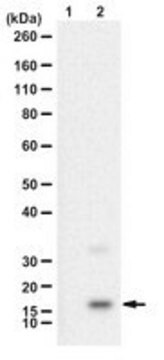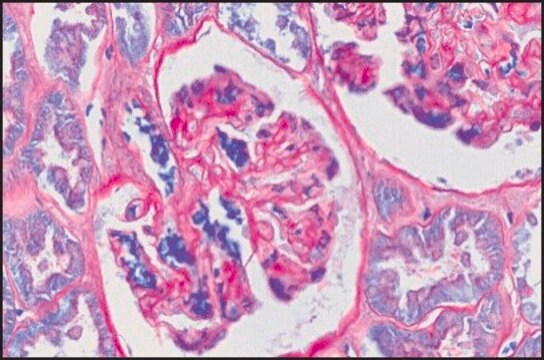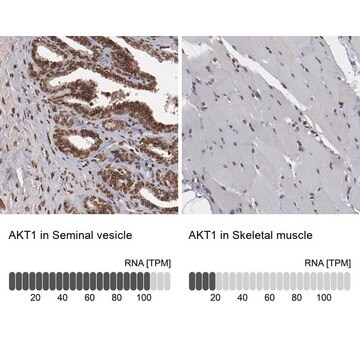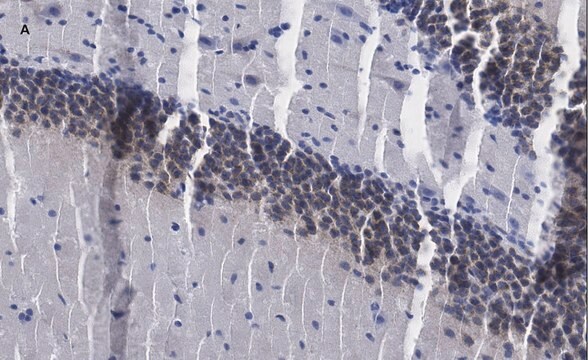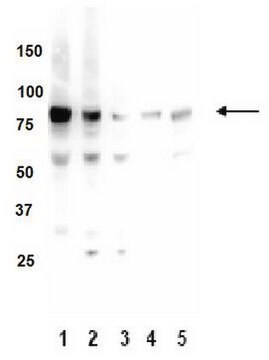SAB1402920
Monoclonal Anti-SLC5A3 antibody produced in mouse
clone 3A6, purified immunoglobulin, buffered aqueous solution
Synonim(y):
SMIT, SMIT2
About This Item
Polecane produkty
pochodzenie biologiczne
mouse
białko sprzężone
unconjugated
forma przeciwciała
purified immunoglobulin
rodzaj przeciwciała
primary antibodies
klon
3A6, monoclonal
Postać
buffered aqueous solution
masa cząsteczkowa
antigen ~38.1 kDa
reaktywność gatunkowa
human
metody
capture ELISA: suitable
indirect ELISA: suitable
western blot: 1-5 μg/mL
izotyp
IgG1κ
numer dostępu NCBI
numer dostępu UniProt
Warunki transportu
dry ice
temp. przechowywania
−20°C
docelowa modyfikacja potranslacyjna
unmodified
informacje o genach
human ... SLC5A3(6526)
Powiązane kategorie
Opis ogólny
Immunogen
Sequence
TPPPTKEQIRTTTFWSKKNLVVKENCSPKEEPYKMQEKSILRCSENNETINHIIPNGKSEDSIKGLQPEDVNLLVTCREEGNPVASLGHSEAETPVDAYSNGQAALMGE
Zastosowanie
Działania biochem./fizjol.
Postać fizyczna
Oświadczenie o zrzeczeniu się odpowiedzialności
Nie możesz znaleźć właściwego produktu?
Wypróbuj nasz Narzędzie selektora produktów.
Kod klasy składowania
10 - Combustible liquids
Klasa zagrożenia wodnego (WGK)
WGK 1
Temperatura zapłonu (°F)
Not applicable
Temperatura zapłonu (°C)
Not applicable
Certyfikaty analizy (CoA)
Poszukaj Certyfikaty analizy (CoA), wpisując numer partii/serii produktów. Numery serii i partii można znaleźć na etykiecie produktu po słowach „seria” lub „partia”.
Masz już ten produkt?
Dokumenty związane z niedawno zakupionymi produktami zostały zamieszczone w Bibliotece dokumentów.
Nasz zespół naukowców ma doświadczenie we wszystkich obszarach badań, w tym w naukach przyrodniczych, materiałoznawstwie, syntezie chemicznej, chromatografii, analityce i wielu innych dziedzinach.
Skontaktuj się z zespołem ds. pomocy technicznej
